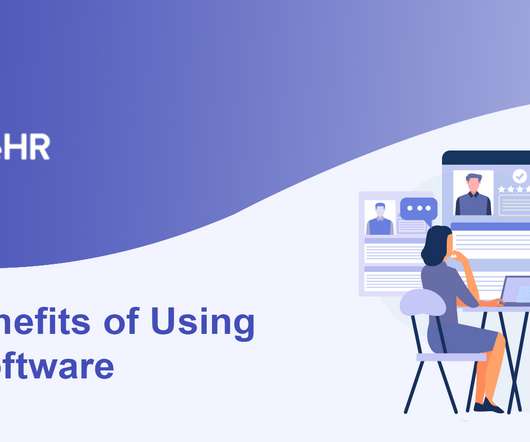COVID-19 Business Recovery: Unify Human Resources Functions to Lower Costs 20%
SwipeClock
MAY 12, 2020
Here is your solution. When you unify human resources functions, the system collects data. Reduce Cost-Per-Hire—5% Savings. The applicant tracking tool in the HR portal improves efficiency. It saves your hiring team all that tedious manual work they hate. A unified HR system has many options for time tracking.



















Let's personalize your content